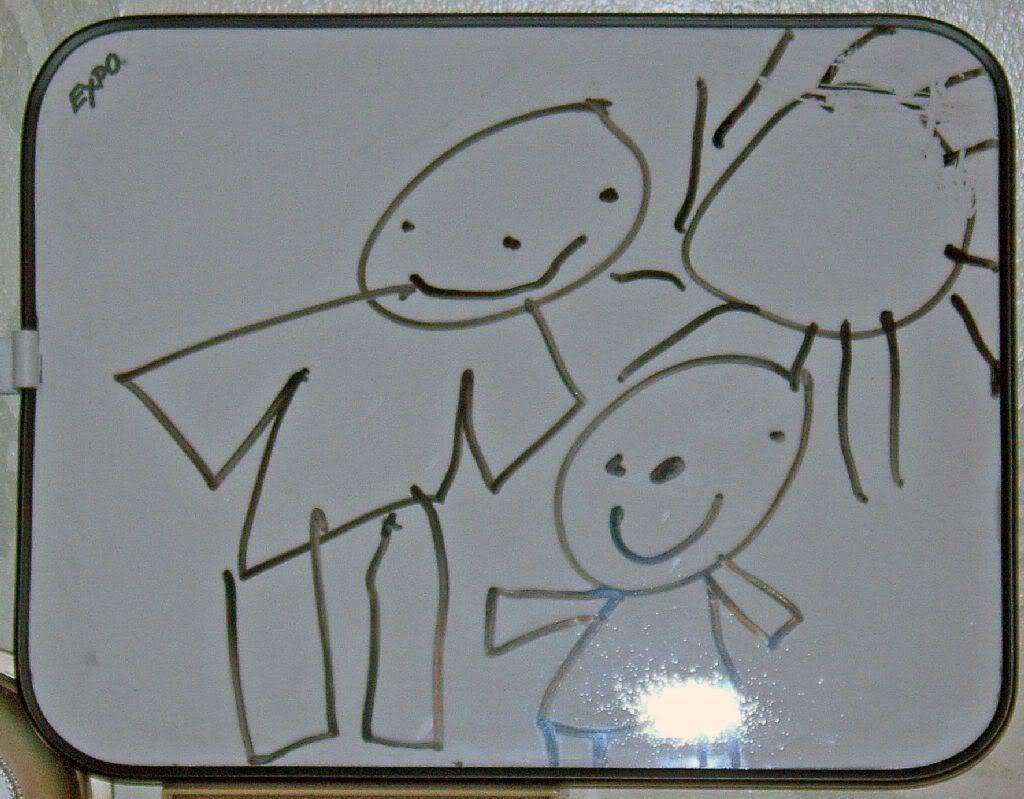 My earliest memories of photography was as a young child, seeing my Uncle's darkroom, dim safelights, odd looking equipment, black and white 8 x 10s drying.
My earliest memories of photography was as a young child, seeing my Uncle's darkroom, dim safelights, odd looking equipment, black and white 8 x 10s drying.Years later in college I took photography classes and worked in the darkroom. First in BW, then later in Color. Displayed here is a photo I took of the college darkroom, enlargers on two walls and a large sink in the middle.
Back then you sent your film out for developing and printing. If you did it yourself, you entered contests in a special category - maker made. And believe me, maker made meant something. It was craftsmanship, hand made. BW contrast or Color Correction were done with test strips and colored gel filters.
The college darkroom was set up for BW, doing color was difficult, the BW safelights are not safe for color. So I had to ask the others to go to total darkness when I was exposing color materials. How can you do anything without any light whatsoever? Just like a person without sight, by memorizing locations and sense of touch. Don't put things in the wrong place! After a while as I liked doing color prints I setup a darkroom at home. I have an enlarger with continuous gel filters built in and a light sensitivity meter connected to the exposure timer to help speed up the process. I have foot pedals that control the programmed timer unit. A paper safe is light tight and ejects one sheet of paper each time you pull the handle down.
My Uncle did not live to see his influence grow to be a serious hobby of mine. And I've often wondered how things would have been if we could have shared the experience, the growth in photographic technology over the years. In the twenty years since my youth, color chemistry and processes became so much more accessible than they were when BW 8x10s were the standard in my Uncle's time.
 What would my Uncle think of my first maker made color contest winner entitled "Curious Squirrel"? As a Photojournalist and Professional Photographer he would be looking at so many things beyond the cuteness of the photo. What was the technique that made the squirrel stand up, how did he happen into the narrow focus plane?
What would my Uncle think of my first maker made color contest winner entitled "Curious Squirrel"? As a Photojournalist and Professional Photographer he would be looking at so many things beyond the cuteness of the photo. What was the technique that made the squirrel stand up, how did he happen into the narrow focus plane?I set up a tripod mounted camera with a 50' electric shutter release. The camera was aimed at an active spot for visiting squirrels and seed and nuts were left as an enticement. Sitting back well out of sight and smell I waited patiently, the squirrel came within camera range, I started pressing the shutter release, click, click, click the motor drive made a foreign sound and it had no scent, the squirrel became curious, looking, standing, staring, at the odd sound, click, click, click. In focus, standing, staring directly at the motor drive that is slightly under the camera lens.
I have hundreds of maker made prints in the 20 years following college and been through a lot of equipment during that time, much of it Canon, first the AE-1, then the top of the line A-1, then the T-90. I have so much Canon FD compatible equipment I bought a second T-90 as they were going out of production phasing in the auto focus EOS line.
But it is a new era, digital photography is firmly entrenched, but I will discuss that in another post...
I still have the maker made equipment, it is harder to find the materials (chemicals and paper) as they've been replaced with digital processes. But I hope to at least be able to demonstrate the lost art of maker made photographic chemistry to my son. Just so he can see how lucky he is to be born in the digital age. My Uncle would truly marvel at it, just as I do at times, realizing the history of how it was done.


2 comments:
John you are a man of so many hats!
I like to think your uncle 'knows' you followed in his path.......
What a wonderful post, thoroughly enjoyed reading it, I took photography in high skewl. Loved it, we made a camera, like the old ones box something, and sat ever so patient for it to "take". What a long way we have come since then. I think its sad too, we should not abandon the hands on approach so quickly, for it makes for a very uneducated mob indeed, can you just imagine if we suddenly lost the net and skills it takes to develop pictures without a machine. Nice piece Jq
Post a Comment